High Seas and Seamounts of the Nazca Ridge
FKt240708 | 8 July – 9 August 2024 |#NazcaHighSeas
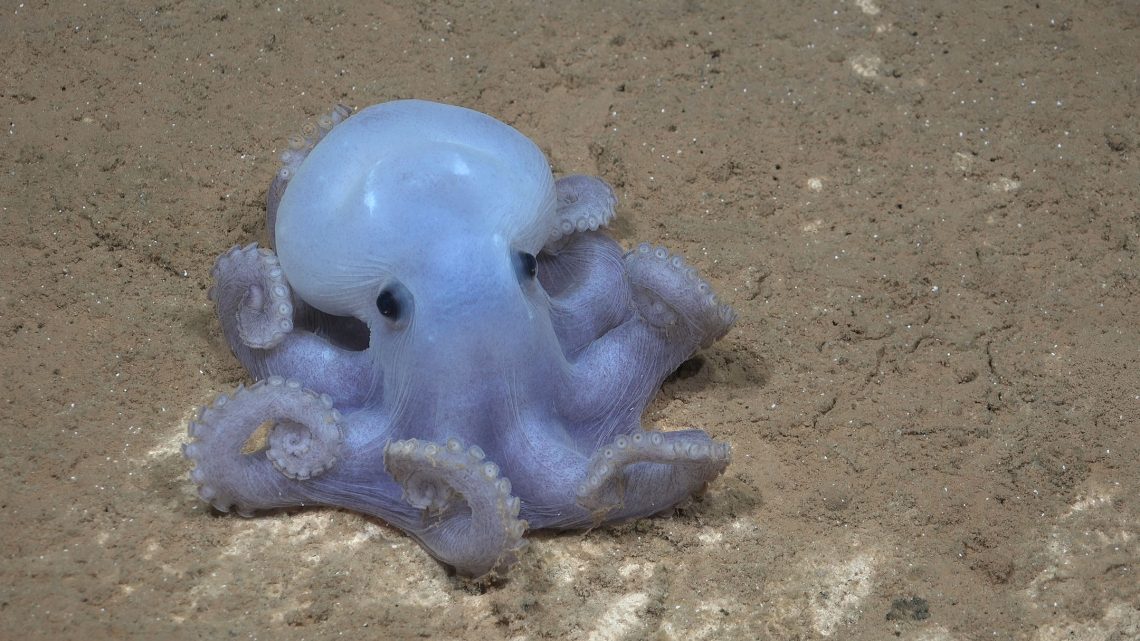
A team of Schmidt Ocean Institute oceanographers discovered and mapped a seamount, and scientists believe they may have discovered new marine species along the Nazca Ridge in international waters. The underwater mountain is 3,109 meters tall and supports a thriving deep-sea ecosystem. In addition to mapping the seamount, the team conducted an exploratory dive with an underwater robot on one of the mountain’s ridges, finding sponge gardens, ancient corals, and a charismatic walking red fish known as a Chaunocops. Throughout the expedition, sightings of elusive animals such as a Casper octopus and a Promachoteuthis squid thrilled the team and viewers following the Divestream from dry land. The octopus, one of only two species of deep-sea cephalopods, has yet to be scientifically described or formally named, and the squid sighting was particularly exciting because it was the first time humans had observed this animal alive.
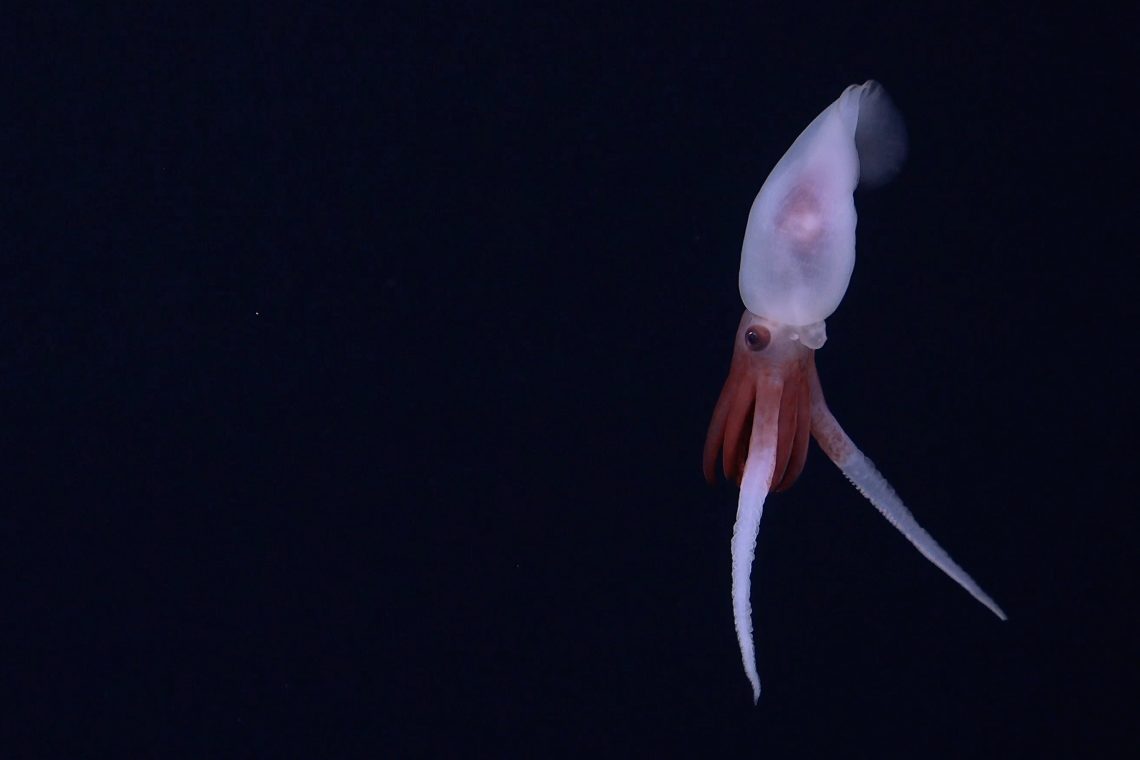
The 28-day expedition was also historic for being the first to be led by Schmidt Ocean Institute staff and crew, with scientists and hydrographers supported by our partners, Ocean Census and the Center for Coastal and Ocean Mapping/Joint Hydrographic Center at the University of New Hampshire. Our Executive Director, Jyotika Virmani, and Marine Technician Tomer Keter served as co-chief scientists.
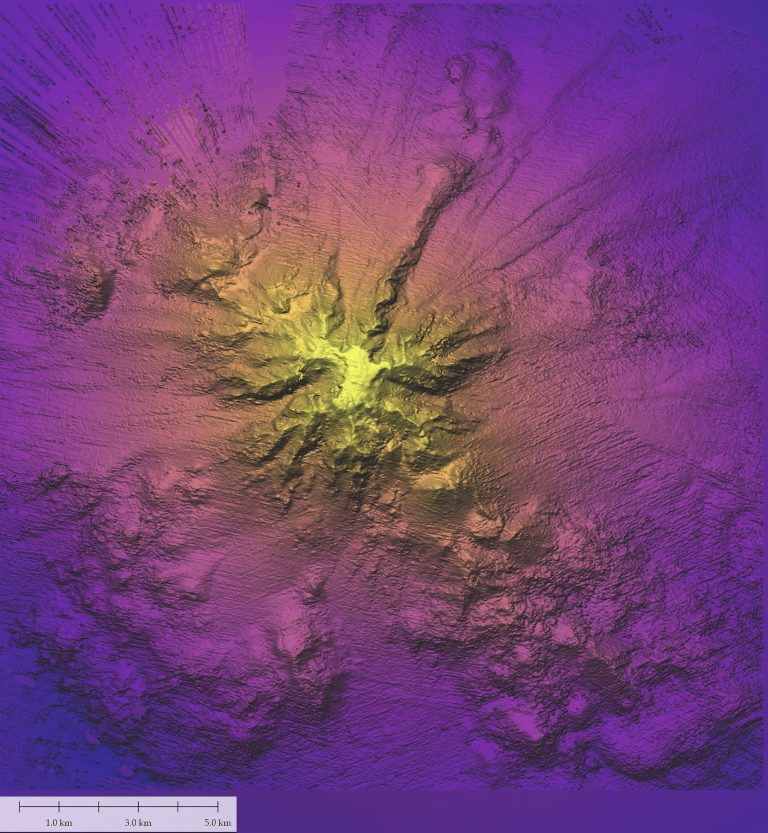
While exploring ten seamounts on the ridge, the team collected 20 suspected new species. Two previous expeditions in January and February documented over 150 previously unknown species and numerous range extensions for animals not previously known to live in this region. Prior to these expeditions, about 1,000 species were known to live in this portion of the Pacific Ocean. The number now exceeds 1,300. The species records will be sent to the Ocean Census, an international collaborative alliance founded by the Nippon Foundation and Nekton to accelerate the discovery and protection of ocean life, and the mapping data will be sent to the GEBCO database to be part of an overall seafloor map.
Living Fossils of the Atacama Trench
FKt240524 | 24 May – 6 June | #AtacamaTrenchAncients
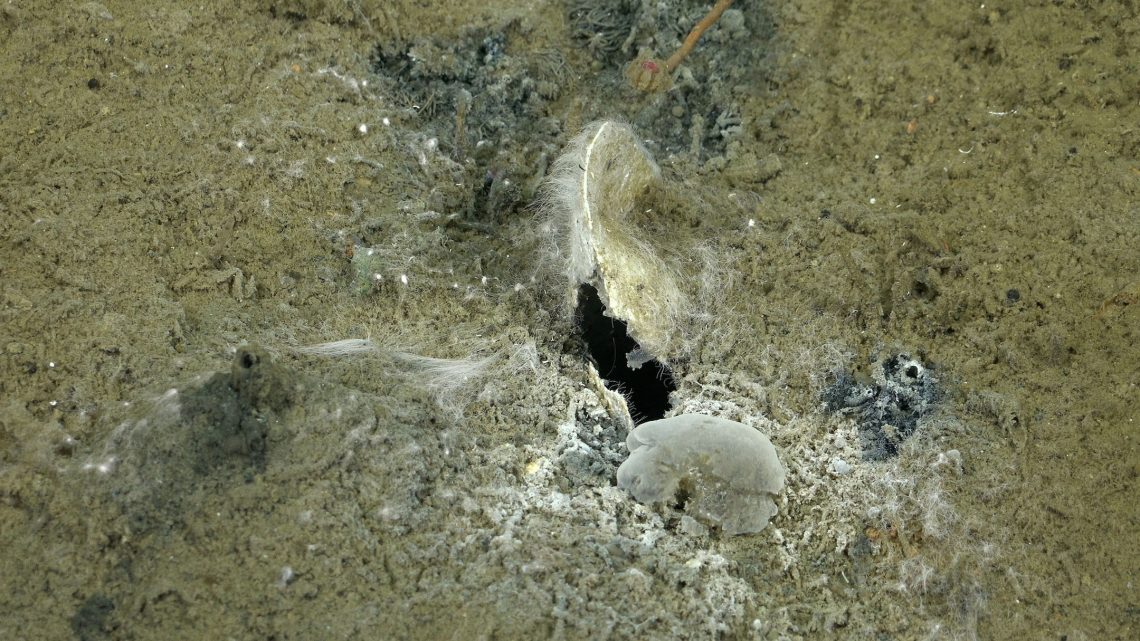
Researchers located Chile’s deepest and most northern cold seeps during this expedition. At 2,836 meters deep, the seeps provide chemical energy for deep-sea animals living without sunlight, offering potential insights into the conditions that led to the development of life on Earth.
The search for the seeps took over 12 hours, as scientists examined an area with geologic features that led them to suspect there might be seeps. Their investigation relied on seafloor mapping data and data interpretation from local and international experts. Like methane seeps, shallow cold seeps are usually located by finding bubbles coming from the ocean floor in sonar data. The bubbles are not always visible for deeper seeps, making locating them more challenging.
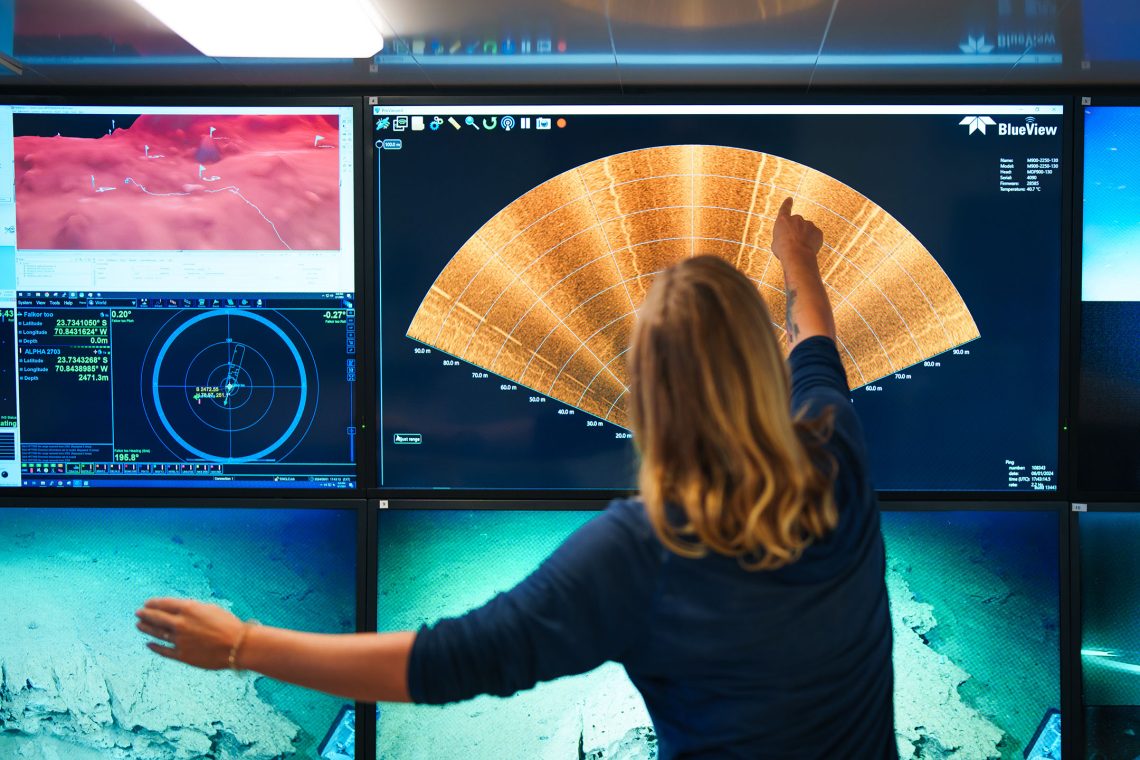
“The microbes that live on these seeps have amazing strategies for producing food without sunlight,” said Expedition Co-chief Scientist Dr. Lauren Seyler of Stockton University, New Jersey, USA. “Here on Earth, life in the dark is alien in its own right and provides critical information for understanding how organisms persist under the most extreme conditions. We are still trying to figure out how life started on Earth, and environments that provide chemical energy for life, like this one, might offer clues about the spark that ignited all the biodiversity on our beautiful planet.”
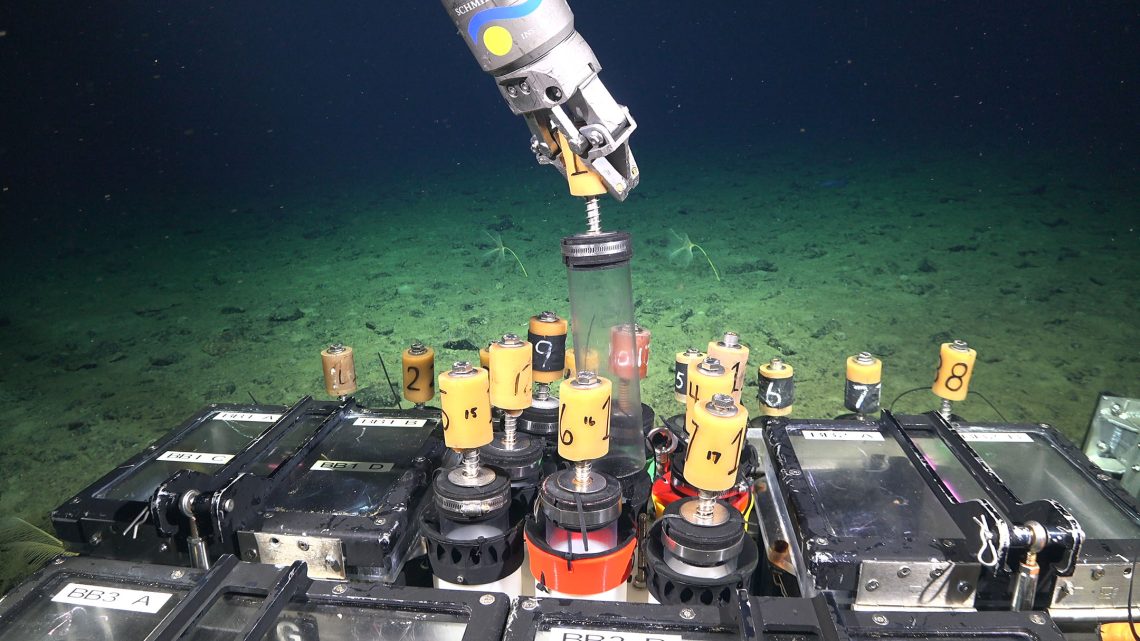
We invite you to share the newsletter with your friends and encourage them to subscribe so they do not miss our first look at Schmidt Ocean Institute’s activities.
Chapter 8 Newsletter – 2024 • Menu
Subscribe to our quarterly newsletter
